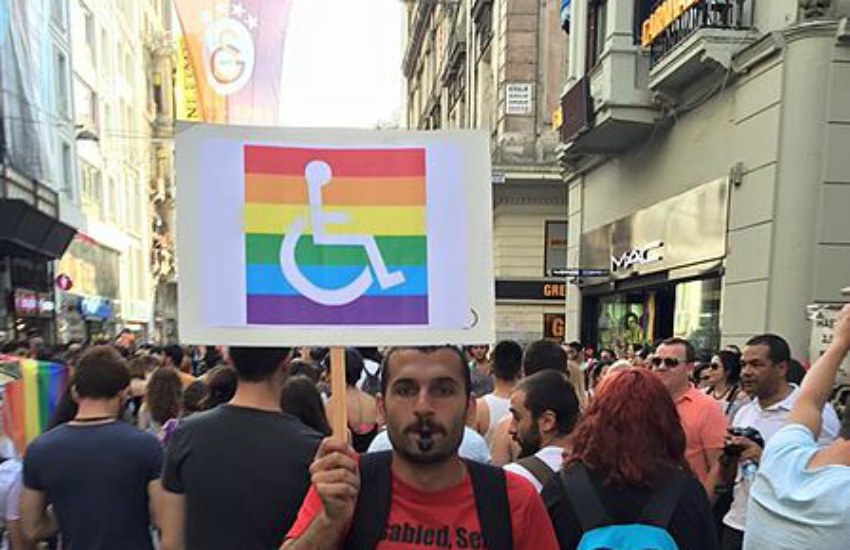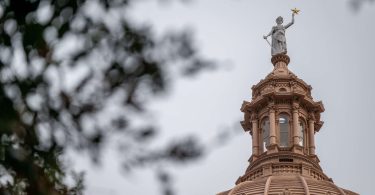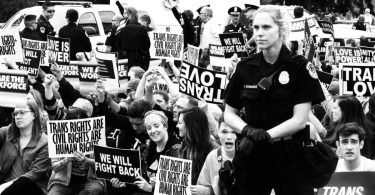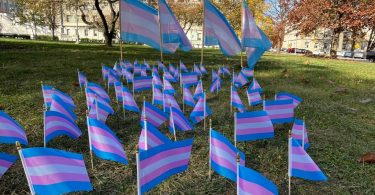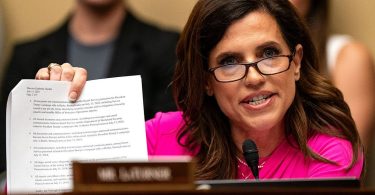A man holds up a sign supporting LGBTI people in wheelchairs, Istanbul Pride 2015.
Pride, especially in big cities like New York, is meant to be an environment where everyone can be themselves and celebrate their differences. However, for many LGBTI people with disabilities and chronic illness, Pride can actually be quite alienating.
Currently, there’s nothing on the official NYC Pride website about accommodations for those with disabilities.
What disabled people have to say
‘My experience has been limited to NYC Pride, but I believe is pretty universal from what I’ve gathered,’ explains Amanda, a 25-year-old bisexual woman with fibromyalgia.
‘Every year, the schedule gets pushed back, so we are left standing in the street with our group for hours on end waiting to be able to walk,’ she says. ‘There are no seats available and when I’ve asked to walk out of the street to find a place to sit or use the restroom, I’ve been told that if I leave, they will leave without me.’
‘Leaving the house can be difficult enough for me sometimes due to chronic pain and fatigue, so being made to stand for hours on end even before marching zaps all of my energy. Then, when we march we have to stop and start often as well.’
In Amanda’s experience, Pride organizers don’t prepare with accessibility in mind.
‘They place more emphasis on corporate sponsors who spend more time passing out materials than marching, which slows things down,’ she says. ‘They also don’t have frequent enough water stops, resting breaks with seats, or gaps in the fence for people to leave if necessary.’
‘Last year, I was fortunate that the friends I was with were understanding about my having to leave early, but it was difficult to locate a spot where, and wore me out further,’ Amanda recalls.
Theft at Pride
Other people, like 26-year-old Celia, have even faced theft of their mobility devices at Pride.
‘Three years ago at a Chicago Pride parade, I had my cane with me in particular to avoid wheelchair harassment as that happened years prior,’ Celia, a bisexual woman with Ehlers-Danlos Syndrome, recalls.
‘Someone came up behind my group and grabbed the cane out of my hands, ran off with it, and started trying to walk the parade.’
‘I had to get security over and have my friends as witnesses describe what happened,’ Celia says. ‘Eventually the cane was returned but due to being without it my pain level was intolerable and I had to leave pretty much immediately after getting it back from security.’
‘My friends had to kind of carry me,’ she says of her time without her cane. ‘I’m small, but it was a lot of work for them and dehumanizing for me.’
Avoiding all marches, parades, and protests
For 43-year-old Cyn, a queer woman, Pride isn’t the only activity she has to avoid.
‘I don’t attend marches or protests due to my disability. I have to avoid them all,’ Cyn, who lives with permanent musculoskeletal damage and nerve damage, says.
‘I can walk with a cane sometimes and other times use a chair,’ Cyn explains. ‘There aren’t enough rest stops using the cane plus I’m a fall risk in crowds, but the chair feels like a liability and I get blocked from things with no ramp. Events like this just aren’t accessible at all I think.’
Celia agrees that this discomfort isn’t limited to Pride festivities.
‘I feel very vulnerable at [the Pride parade] because I’ve had people push my wheelchair without permission, jump on my lap, etc,’ Celia says. ‘It’s not unique to Pride of course but any march in particular means pain for me and risks harassment.’
Possible solutions
In terms of solutions, Cyn thinks there’s quite a few options for the Pride organizers to consider.
‘I’d love a designated merchant/tent/covered spot that’s accessible to the Pride route plus also to Uber drop offs, wheelchairs, and a handicap parking area for those not in chair,’ she says.
‘This spot needs to have disability ambassadors ready and trained to help us arrive and work out how to be safe and participate. Also, this spot can serve as a place to rest, to get out of the sun/heat, to relax in a quiet place (for sensory disabilities), to ask for help, keep a nurse there, etc.’
In a day and age where LGBTI people with disabilities are working to be recognized and seen as valid, it’s important that official Pride organizations follow suit and work toward inclusion.

